OBON SOCIETY
Explaining "Non-biological Human Remains"
Japan lists 1,120,000 WWII servicemen as MISSING IN ACTION. How did this happen?
Early in WWII both America and Japan recovered their deceased soldiers.
Americans made battlefield cemeteries.


The Japanese cremated the remains of their deceased men and brought the remains home in traditional white funeral boxes.


These remains were respectfully returned to the mothers and wives.


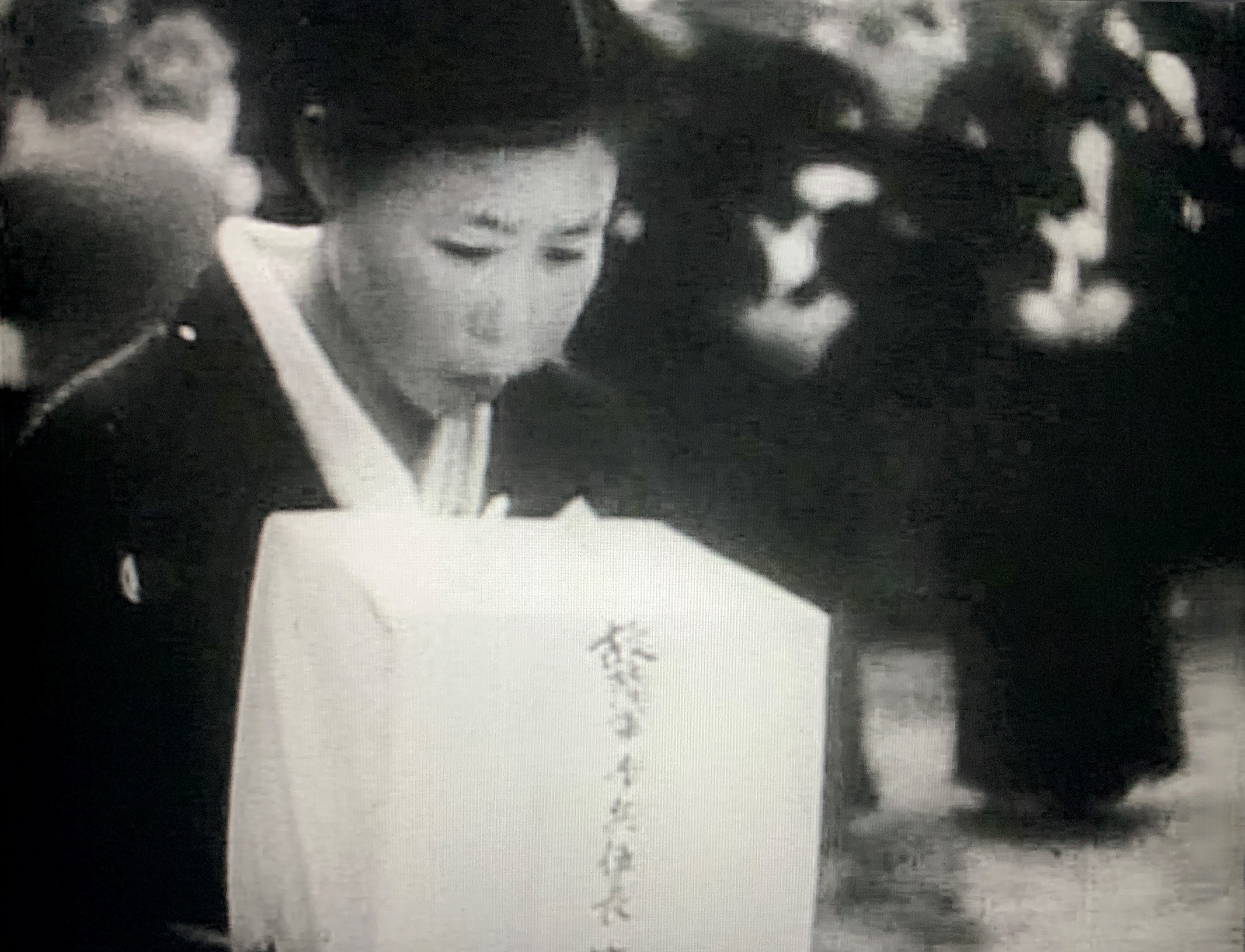
On September 2, 1945, the Japanese surrendered.
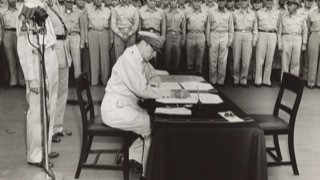
The recovery of deceased Americans was already well underway, but Congress appropriated an additional
$191,000,000 to facilitate the recovery.
The effort was known as the "Graves Registration Service."
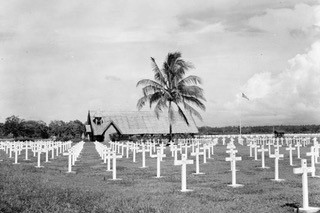
More than 13,000 workers were organized to comb the earth from North Africa to Germany…France to Belgium…Iwo Jima to Saipan.
Between 1946 and 1951 these dedicated teams recovered the remains of 280,000 men.
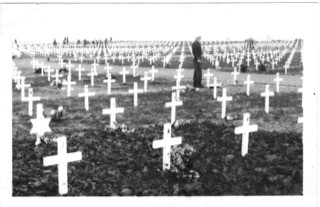
The deceased Japanese suffered a different fate.
One week after the Japanese signed the surrender many military, political,
diplomatic and business leaders were arrested and imprisoned.
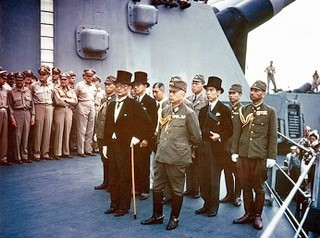
The list of Japanese accused of war crimes contains the names of fewer than 30 men.
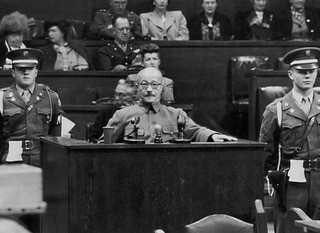
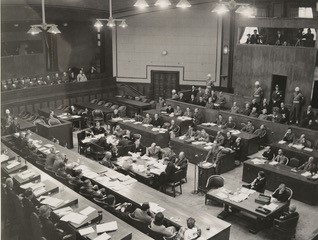
However, the total number of arrested Japanese was approximately 5,700 men.
The trials of these men continued for six years, with the final hearing in 1951.

The imprisonment of top military leaders was regarded by the Americans as necessary to seek justice for this war.
However, the detention of low-level officers, politicians and businessmen is less clear. Perhaps the reason was to help the Americans accomplish a successful occupation and thorough re-education of Japanese society.
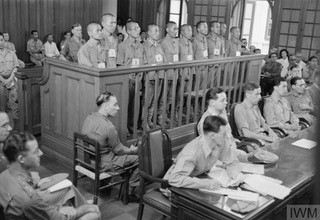
Whatever the reason, this action left the nation of Japan without leadership to organize the search
and recovery of missing servicemen remains.
Also, there was no funding available to pay for the cost.
By the time the Japanese finally regained control of their nation they discovered that the
ravages of time had erased many remains of missing Japanese servicemen.
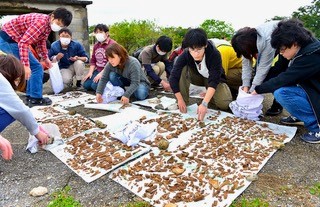
The jungle buried the battlefields with impenetrable vegetation and the exposed
bone had been pulverized by the tropical heat, typhoons, blowing sands and torrents of rain.
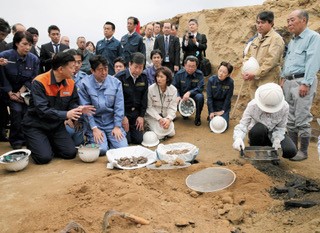
Even with painstaking work and great expenditures of money only a few families
will ever receive any physical bone remains.
Fortunately, the Japanese created a tradition that is unknown in any other culture in the world.
Before leaving home, the serviceman was given a Japanese flag inscribed with the names and
messages of everyone who cared about him.
It was called Yosegaki Hinomaru.
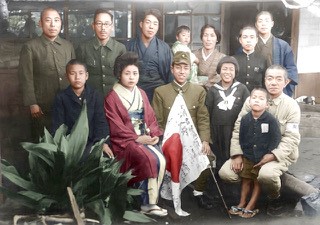
At first glance these flags appear like a typical Japanese flag covered with writing in black ink.
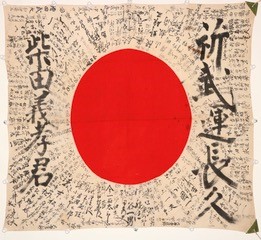
The surrounding writing is signatures of family, neighbors and friends.
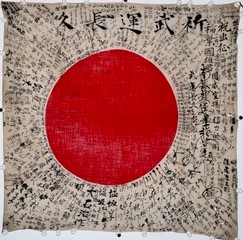
Every brushstroke of ink made that flag different from any other.
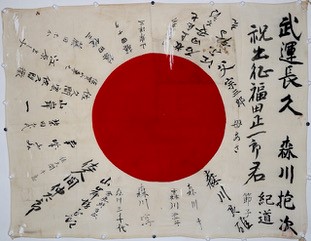
In some ways these flags are unique to an individual much in the same way
that our fingerprint is different from every other person on earth.
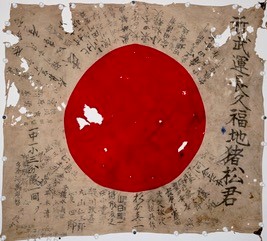
For a trained researcher the calligraphy is loaded with information.

Exactly like a trained forensic anthropologist can unpack the information from a strand of DNA,
OBON SOCIETY scholars and researchers can unpack the information contained on a Yosegaki Hinomaru.
Because of the unique characteristics contained in each Yosegaki Hinomaru,
they should be regarded as "non-biological human remains."
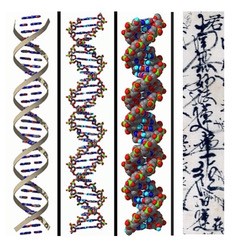
Using the information written on each flag OBON SOCIETY can precisely identify the one person who was given this Yosegaki Hinomaru.
And today, even with eight billion people on earth, OBON SOCIETY can find that one person’s family with
greater speed, accuracy and lower cost than any DNA sampling.
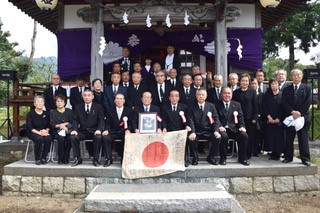
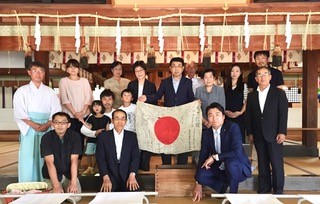
Even more, the return of each Yosegaki Hinomaru brings the bereaved family great joy and closure.
OBON SOCIETY has conducted extensive studies among the American veteran families
who receive the bone remains of their missing family.
We have studied their reactions and comments and then cross-compared these with Japanese reactions.
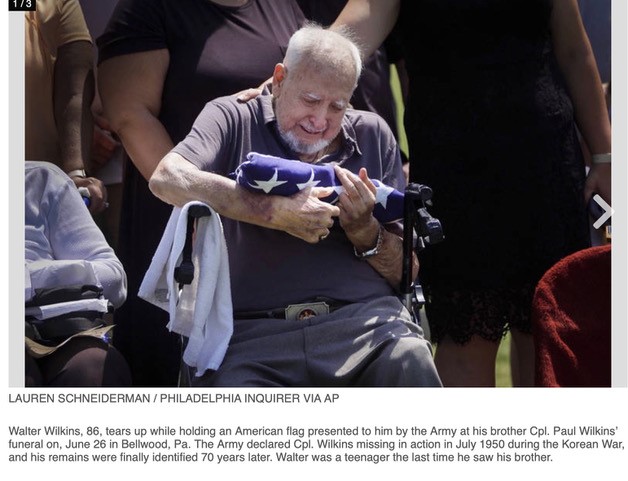
As one might expect, the words spoken by Americans receiving the remains of their missing relatives are
identical to the words used by the Japanese who receive a Yosegaki Hinomaru.
Their response, feelings and sense of closure are exactly the same.
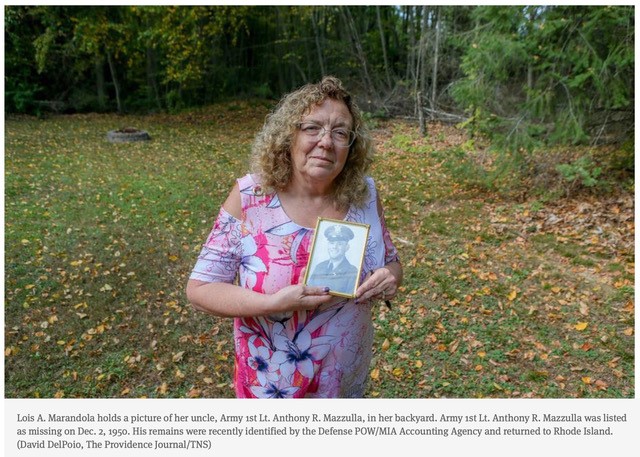
After all, we are all humans…we all have family…and we all share the same love for family members.
When anyone disappears without a trace the surviving family feel the broken chain of their family line.
Every bereaved family wants to be made whole again.
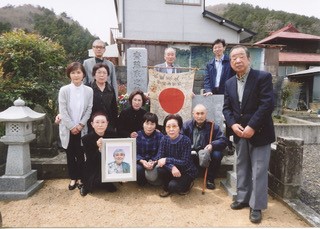
The return of remains…either biological or non-biological…accomplishes this.
Americans are believed to be in possession of an estimated 50,000 Yosegaki Hinomaru flags, and thousands of these are directly controlled by the United States government.
The 80th Anniversary of the End of WWII is in 2025.
Millions of Japanese individuals, including brothers, sisters, sons, and daughters who were young children or babies during the war, have carried the weight of a missing close relative throughout their entire lives.
America holds a unique and unparalleled opportunity to provide closure to countless families. Simultaneously, it allows us to showcase our friendship and demonstrate our humanity and compassion to the world.
For more information contact:
OBON SOCIETY
503-741-3733
P.O. Box 282
Astoria, Oregon 97103